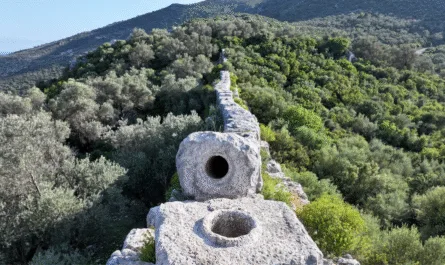Loch Ness, nestled in the Scottish Highlands, is a freshwater marvel renowned for its immense volume and enigmatic lore. Stretching 23 miles (37 km) long and 1.5 miles (2.4 km) wide, this iconic loch holds more water—approximately 7.4 cubic kilometers (1.8 cubic miles)—than all the lakes, rivers, canals, and reservoirs of England and Wales combined. Its staggering depth, reaching 126 fathoms (755 feet or 230 meters) at its deepest point, surpasses twice the average depth of the North Sea (about 94 meters). This abyss fuels tales of the elusive Loch Ness Monster, said to lurk in its murky depths, captivating imaginations worldwide.
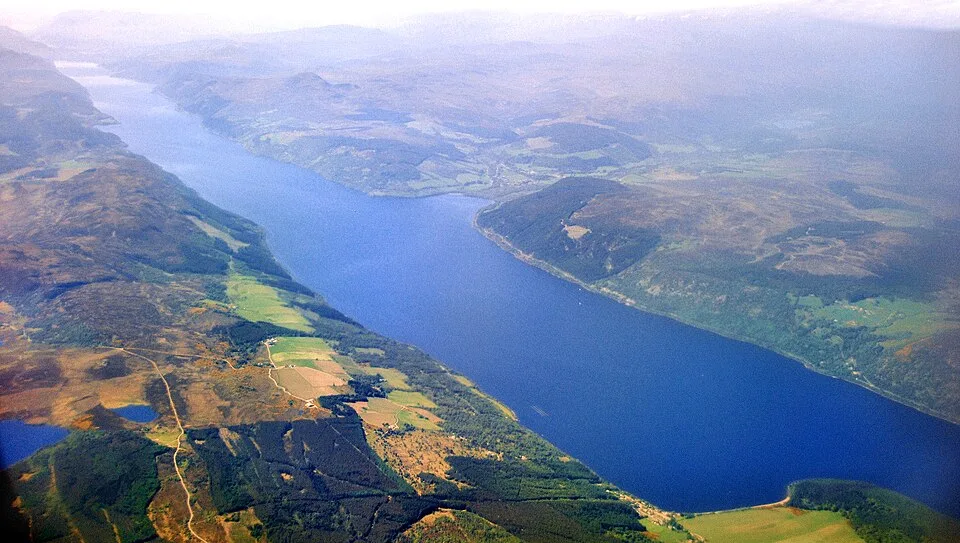
A Geological Giant
Formed around 10,000 years ago during the last Ice Age, Loch Ness occupies a fault line in the Great Glen, carved by glaciers that left steep, U-shaped valleys. Its surface sits just 52 feet (16 meters) above sea level, but its depth plunges dramatically, making it Scotland’s second-deepest loch after Loch Morar. The loch’s volume dwarfs England’s Lake Windermere (0.38 cubic km) and all other UK water bodies combined, a fact attributed to its narrow, elongated shape and extreme depth. The water, stained dark by peat, is murky, with visibility limited to a few meters, adding to its mystique and making exploration challenging.
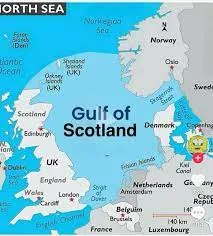
The Loch Ness Monster: Myth or Mystery?
The Loch Ness Monster, affectionately called “Nessie,” is a global legend, often described as a long-necked, plesiosaur-like creature. Sightings date back to the 6th century, with St. Columba reportedly calming a “water beast” in 565 CE. Modern fascination surged in 1933 with a sighting by George Spicer, followed by the famous but debunked “Surgeon’s Photograph” of 1934. Theories range from a surviving prehistoric reptile to misidentified eels, otters, or floating logs. The loch’s depth—755 feet at its maximum—provides ample hiding space, fueling speculation that a creature could evade detection. Despite extensive sonar sweeps, like Operation Deepscan in 1987, and modern DNA surveys finding only eels, no definitive evidence exists, yet Nessie endures as a cultural icon.
The query’s playful claim that the monster “chills” at the deepest point nods to this lore, though no scientific data places Nessie at 126 fathoms. The loch’s thermocline and cold, oxygen-poor depths make it an unlikely habitat for large creatures, but the mystery persists, drawing tourists and researchers alike.
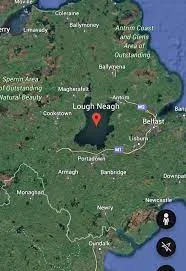
A Natural and Cultural Treasure
Beyond its monster myth, Loch Ness is a vital ecosystem within the Loch Ness and Great Glen UNESCO Global Geopark. It supports fish like salmon, trout, and eels, and its shores host otters, red deer, and rare flora. The loch’s role in Scotland’s history, from ancient Pictish forts to Urquhart Castle’s medieval ruins, adds layers of intrigue. Its water feeds the Caledonian Canal, linking Scotland’s east and west coasts, and supports local communities through tourism, with over 500,000 visitors annually.
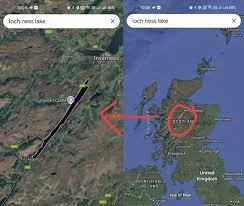
The loch’s vastness—holding enough water to flood England to a depth of several inches—underscores its geological significance. Its depth, twice that of the North Sea’s average 308 feet (94 meters), makes it a natural wonder, while its dark waters keep Nessie’s secrets hidden. Conservation efforts protect its pristine environment, balancing tourism with ecological health.
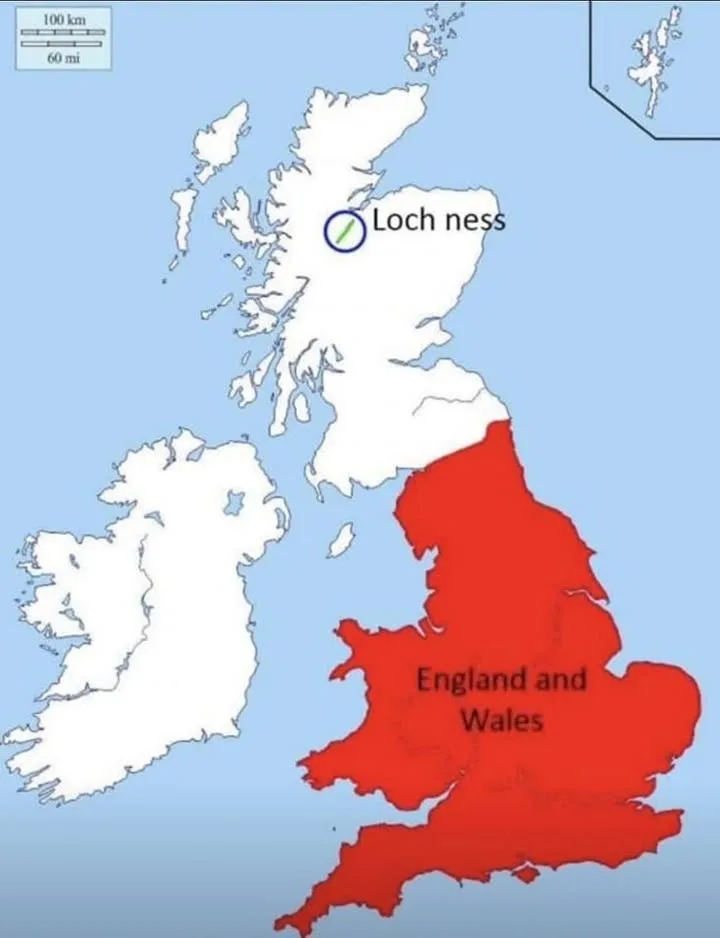
Lessons from Loch Ness
While unrelated to the Dahomey Amazons, Loch Ness offers its own lessons in resilience and ingenuity. Like the Amazons’ strategic use of cultural tools, the loch’s communities have leveraged Nessie’s legend to sustain tourism and global interest, turning mystery into opportunity. The loch inspires curiosity, urging us to explore the unknown while respecting nature’s delicate balance.
Loch Ness, with its colossal volume and fathomless depths, remains a dreamlike expanse where science meets legend. Whether Nessie lurks at 126 fathoms or not, the loch’s grandeur and enigma continue to captivate, inviting us to ponder the mysteries beneath its surface and the stories we weave around them.
